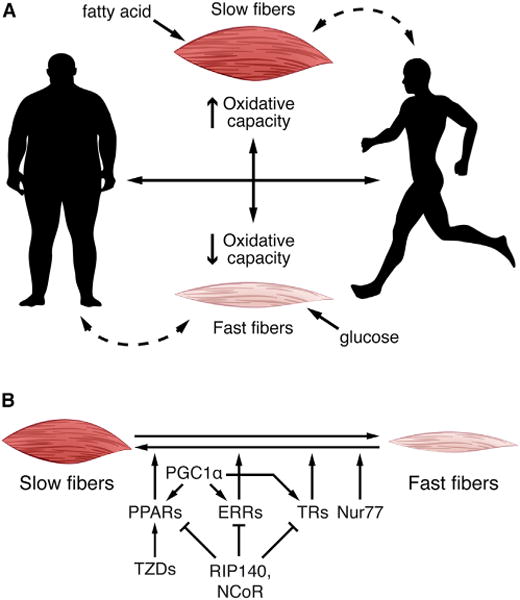Figure 1. The Role of Muscle Fiber Types in the Regulation of Systemic Metabolism.

(A) Slow-twitch myofibers have a high oxidative capacity and prefer fatty acids as substrate for ATP production. Fast-twitch fibers have a lower oxidative capacity and prefer glucose. Muscle fiber type can be altered by external and internal factors. Exercise increases the number of slow-twitch fibers, thus enhancing fatty acid utilization, while obesity increases fast-twitch fibers and causes slow-twitch fibers to become insulin resistant. Muscle fiber type is transcriptionally regulated, ultimately impacting systemic metabolism.
(B) Nuclear receptors, such as PPARs, ERRs, TRs, and Nur77 activate transcription of genes involved in myofiber switching. PGC1α is a coregulator and acts with PPAR, ERR, and TR to drive the switch from fast to slow fibers. RIP140 and NCoR1 are corepresors for PPARs, ERRs, and TRs. TZDs, insulin sensitizing drugs, reactivate PPAR in the setting of diabetes and obesity, which can also lead to myofiber switching. PPAR, peroxisome proliferator-activated receptor; ERR, estrogen-related receptor; TR, thyroid hormone receptor; Nur77, orphan nuclear receptor NR4A1; PGC1α, peroxisome proliferator-activated receptor gamma coactivator 1 alpha; RIP140, corepressor receptor-interacting protein 140; NCoR, nuclear receptor corepressor; TZD, thiazolidinediones.
